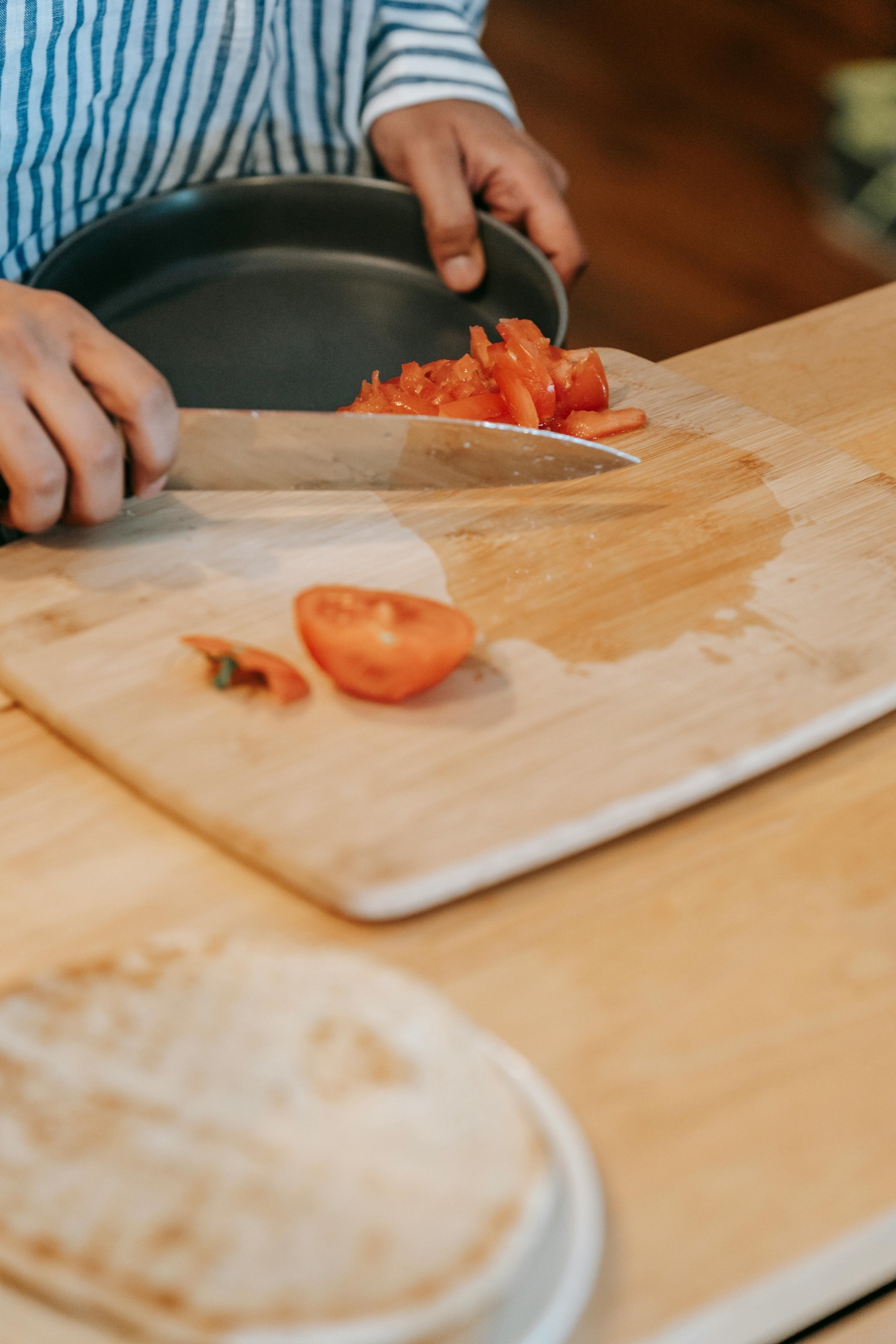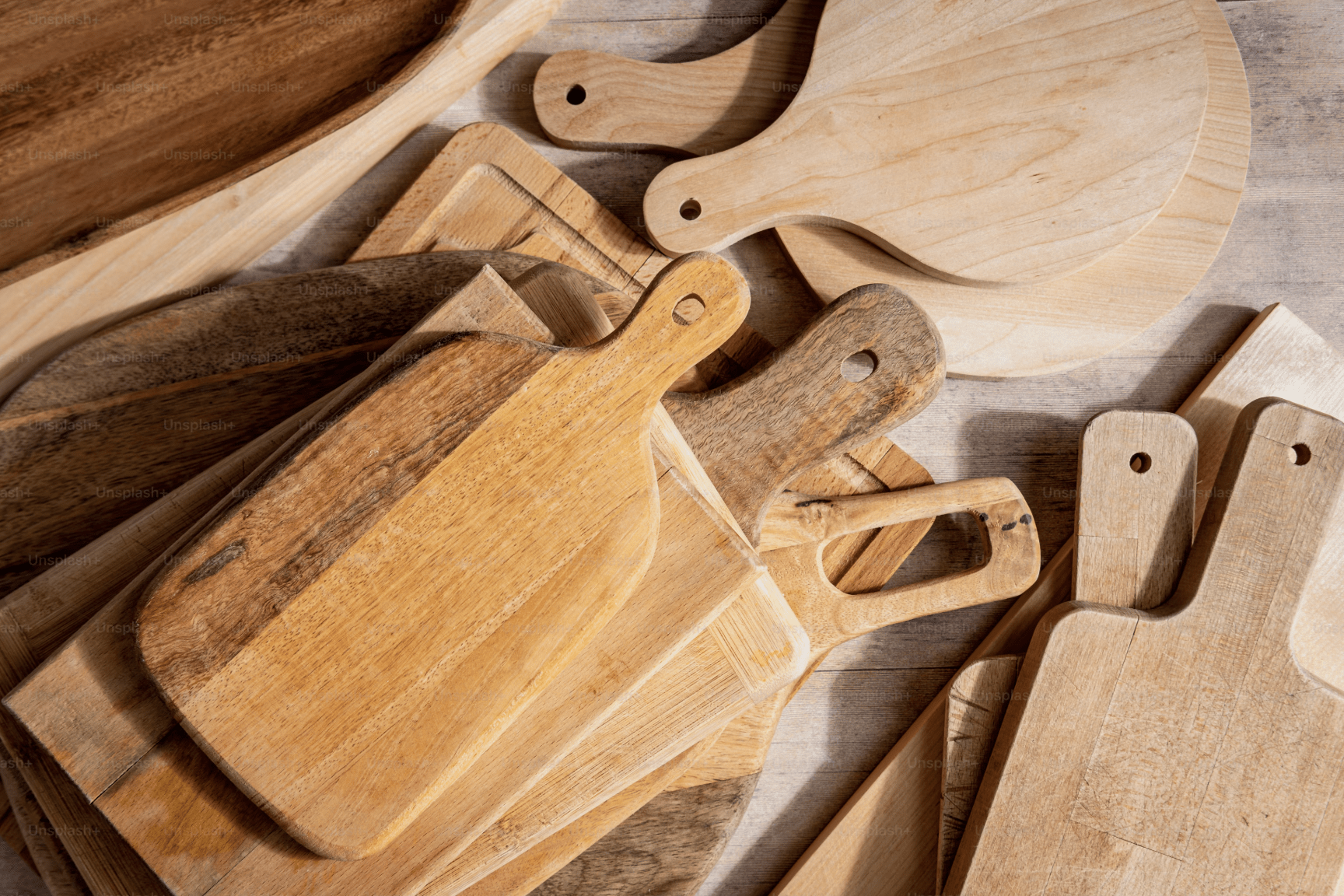When you’re looking to purchase finished wooden cutting boards, one of the first questions to ask is: what are the best woods for cutting boards? Choosing the right wood, especially at scale, is crucial for durability, food safety, and overall quality. Bulk buyers and manufacturers need cutting boards that can stand up to heavy use, stay sanitary, and remain consistent across hundreds or thousands of units.
In this guide, we’ll break down which wood species make the superior cutting boards and why. Our goal is for you to make an informed decision when purchasing and avoid costly mistakes. You’ll also see how partnering with an experienced supplier means you get consistent, high-quality boards and helps you steer clear of production issues. Let’s get started!

What Makes a Wood Ideal for Cutting Boards?
Not all wood is created equal for chopping and slicing. The top woods for cutting boards share a few key characteristics:
Keeping these factors in mind, let’s look at which specific wood species do well in all these areas. We’ll also mention which woods to avoid so you know what not to buy.
Top Woods for Cutting Boards

Variety of Wood Cutting Boards by Grain and Species
The best cutting boards are made from closed-grain hardwoods like maple, walnut, and cherry—ideal for resisting bacteria and moisture.
Woods to Avoid for Cutting Boards
What Bulk Buyers Should Prioritize
Selecting the right wood species is just the start. To properly source cutting boards, bulk buyers need to think beyond materials.
First, kiln-dried lumber is a non-negotiable. Properly dried wood prevents common issues like warping, cracking, or mold growth. These are problems that can quietly ruin a production run and damage a brand’s reputation. Moisture content should be controlled to industry standards before any board goes into machining.
In addition, precision machining and finishing are critical. Every cutting board must be cut to spec, sanded smooth, and finished evenly. Inconsistent finishing creates friction for customers and could be the difference between having them as repeat business or not.
Stable supply is also important. Reliable sourcing means you can place repeat orders and expect the same look, quality, and performance every time. In high-volume production, even a slight deviation can mean costly delays or force compromises that customers will notice.
Finally, consider customization options. Logos, sizing, handle cutouts, grooving, edge treatments, and more. All of these details are part of what makes your cutting board line stand out. If your supplier doesn’t have the capability to replicate those details at scale, your designs will fall apart in execution. Partnering with a production team that understands your needs from the first prototype to the last unit is key.
A seasoned supplier brings all of this together while keeping production on time and within budget. That’s the difference when building a long-term product line that performs in the market.
Bonus: Caring for Wood Cutting Boards
Once you have your boards, it’s important to know how to keep them in top shape.
Oil Regularly
All wood cutting boards benefit from a regular coating of food-safe mineral oil to keep the board from drying out, warping, or cracking. For new boards, recommend oiling once a week for the first month, then monthly after that, or whenever the wood looks dry.
Clean Properly
Users should be instructed to wash cutting boards by hand with warm, soapy water only. Avoid soaking or running boards through the dishwasher. This can cause permanent damage. After washing, boards should be towel-dried immediately and left standing upright to finish air drying.
Want to go deeper? Read our full care and cleaning guide for long-term maintenance tips, or learn how to properly sanitize your board after prepping raw meats and high-risk foods.
Final Thoughts
The best woods for cutting boards bring durability, hygiene, and production consistency. Hard maple and walnut are top-tier choices, but cherry, teak, and acacia are also great options.
But even the best material isn’t enough if the execution falls short. This is where the right supplier makes all the difference. Consistent quality, dependable lead times, and the ability to scale customization are important factors as well.
Need a high-volume supplier of quality cutting boards?
Get in touch with Arnold Wood Turning today. We’ll help you select the best wood species for your needs, guide you through bulk production options, and ensure every board brings the high-quality performance, finish, and consistency your customers expect.
Reach out to us for a free, no-obligation quote today and let’s get started!
